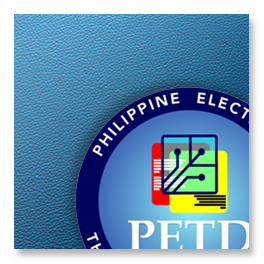An examination of the characteristics of disguised and traced handwriting
Abstract: There has recently been a lack of judicial confidence in the evidence provided by handwriting analysis which has highlighted the need for objective research to be conducted in this area. In response this study has examined the principles and practices of two of the field’s most complex areas of analysis: disguised and artificially assisted (traced) handwriting. Any claims and observations made in the literature have been reviewed and empirically tested. A body of controlled data was collected from sixty volunteers who produced samples of disguised handwriting and traced signatures. A rigorous examination of these samples has been described and quantitative evidence found to support the conclusion that the act of disguising or tracing handwriting will have a negative influence upon the appearance and structure of that writing. Results have shown that disguised and traced writings are intimately related in that they share common characteristics that are indicative of the artificial manner by which they have been produced. Other features are also identified that can be directly associated with specific types of deviant writing to allow for distinctions to be made between them. The analysis is expressed in the form of a comprehensive taxonomy of the distinctive features of deviant writing.
Related Resources
The Hymn to the Virgin is a poem attributed to the Welsh poet Ieuan ap Hywel Swrdwal, thought to have been written around 1470 while he was a student at the University of Oxford. It is reputedly the first poem ever written in English by a Welshman (Stephens 1998: 341). The particularities of this...
This qualitative study views international students as information-using learners, through an information literacy lens. Focusing on the experiences of 25 international students at two Australian universities, the study investigates how international students use online information resources to...
